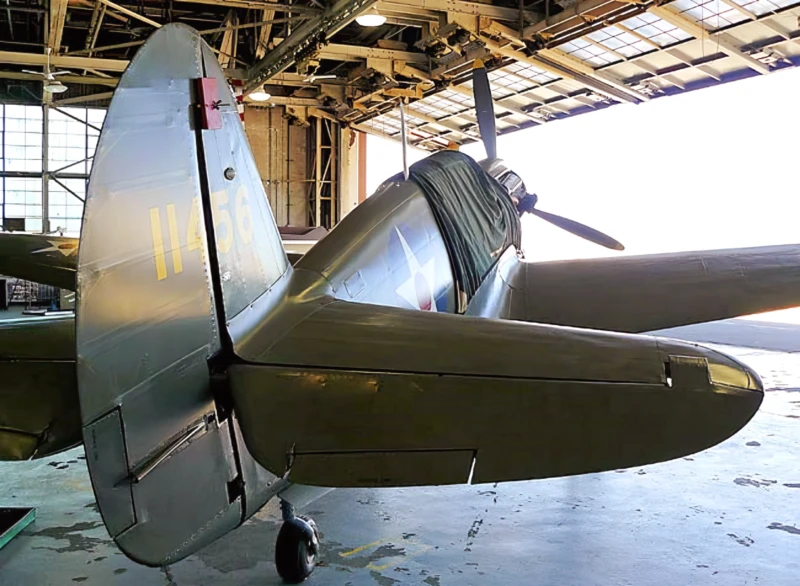
Curtiss P-40 Warhawk | |
|---|---|
| País | E.e.u.u |
| Papel | Aviones de combate y ataque terrestre |
| Primera mosca | 14 de octubre de 1938 |
| Construido | 13738 |
el Curtiss P-40 Warhawk fue un avión estadounidense de combate monomotor, monoplaza, todo metal y ataque terrestre que voló por primera vez en 1938. El diseño P-40 fue una modificación del anterior Curtiss P-36 Hawk que redujo el tiempo de desarrollo y permitió una rápida entrada en la producción y el servicio operativo. El Warhawk fue utilizado por las fuerzas aéreas de 28 naciones, incluidas las de la mayoría de las potencias aliadas durante la Segunda Guerra Mundial, y permaneció en servicio en primera línea hasta el final de la guerra. Fue el tercer peleador estadounidense más producido, después de los P-51 y P-47; en noviembre de 1944, cuando cesó la producción del P-40, se habían construido 13.738, todas en las principales instalaciones de producción de Curtiss-Wright Corporation en Buffalo, Nueva York.
| Curtiss P-40 Warhawk 22 | |
|---|---|
| Fotógrafo | Unknow |
| Localización | Unknow |
| Fotos | 30 |
| Curtiss P-40C Warhawk Walk Around | |
|---|---|
| Fotógrafo | Vladimir Yakubov |
| Localización | Colección Flying Heritage |
| Fotos | 54 |
| Curtiss P-40 Warhawk Walk Around | |
|---|---|
| Fotógrafo | Bill Maloney |
| Localización | Museo Del Poder Aéreo Americano |
| Fotos | 30 |
Ver también:
| Curtiss P-40-E Kittyhawk Walk Around | |
|---|---|
| Fotógrafo | Cees Hendriks |
| Localización | Unknow |
| Fotos | 30 |
| Curtiss P-40E Warhawk Walk Around | |
|---|---|
| Fotógrafo | Vladimir Yakubov |
| Localización | Fábrica de Cazas, Virginia Beach |
| Fotos | 120 |
| Curtiss-Wright P-40N Kittyhawk Walk Around | |
|---|---|
| Fotógrafo | John Shupek |
| Localización | Unknow |
| Fotos | 12 |
el Curtiss P-40 Warhawk was an American single-engine, single-seat, all-metal fighter and ground-attack aircraft that saw extensive use by Allied powers during World War II. Though often overshadowed by faster contemporaries, the P-40 was a robust, reliable, and crucial aircraft, particularly in the early years of the conflict.
Design and Characteristics
- Rol: Fighter and Ground-Attack. It was the third-most produced American fighter of World War II.
- Motor: It was powered by the **Allison V-1710 V-12 liquid-cooled engine**. A lack of a high-altitude, two-stage supercharger in the most numerous early variants limited the P-40’s performance above 15,000 feet.
- Armamento: Armament varied, but typical P-40s were armed with **Six .50 caliber (12.7 mm) Browning machine guns** mounted in the wings. It could also carry a bomb, making it an effective fighter-bomber.
- Fortalezas: The P-40 was noted for its **excellent diving speed**, **tough construction**, and **heavy armor plating**, making it highly survivable in combat and an ideal platform for ground attack.
- Debilidades: Its primary disadvantage was its **poor performance at high altitudes** and its relatively **low climb rate**.
Historial de operaciones
The P-40 served in nearly every theatre of the war under various names and with numerous air forces:
- The Pacific and China: The Warhawk is most famously associated with the **Flying Tigers** (American Volunteer Group) in China, where its iconic shark-mouth nose art became a symbol of Allied air power. Its ruggedness and good low-to-medium altitude performance made it effective against Japanese aircraft.
- North Africa: Under British and Commonwealth service, it was known as the **Tomahawk** (early variants) and **Kittyhawk** (later variants). It was vital in North Africa, where the majority of air combat occurred at lower altitudes where the P-40 was competitive.
- Soviet Union: The P-40 was supplied to the Soviet Union through the Lend-Lease Act, where it was used as a frontline fighter, primarily for ground attack and air superiority at low altitudes.
The P-40 Warhawk was instrumental in keeping Allied air forces competitive in the early stages of World War II until more advanced fighters became widely available.
Vistas : 12398
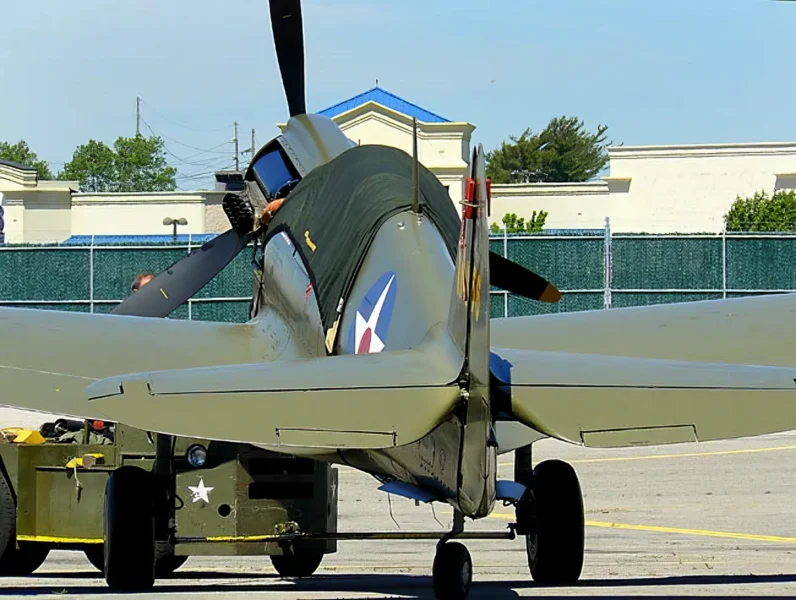
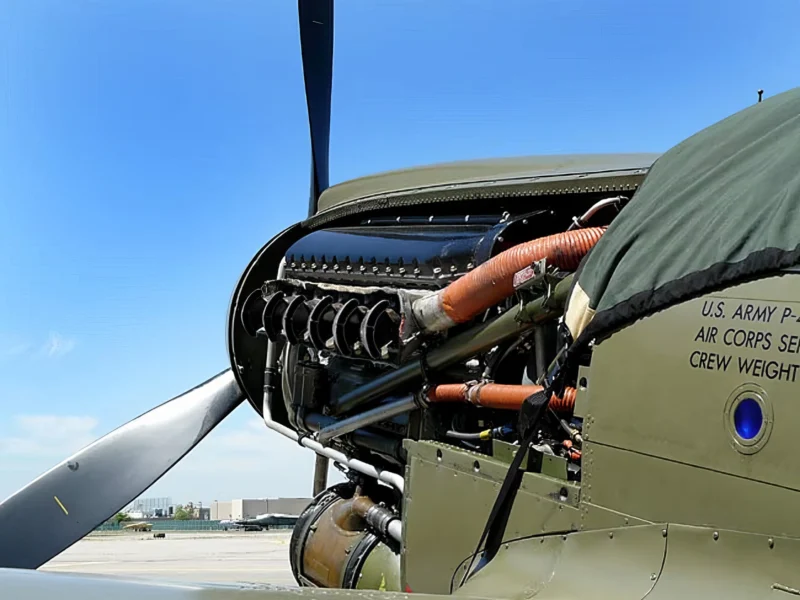
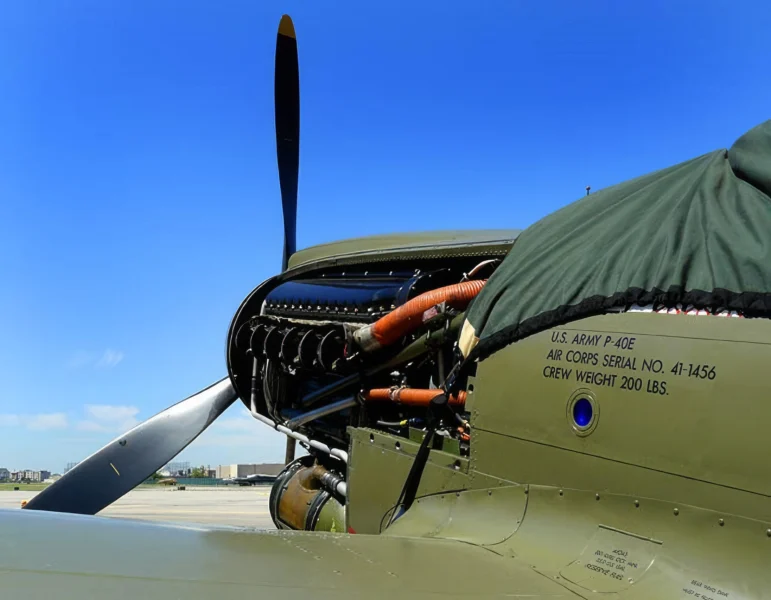
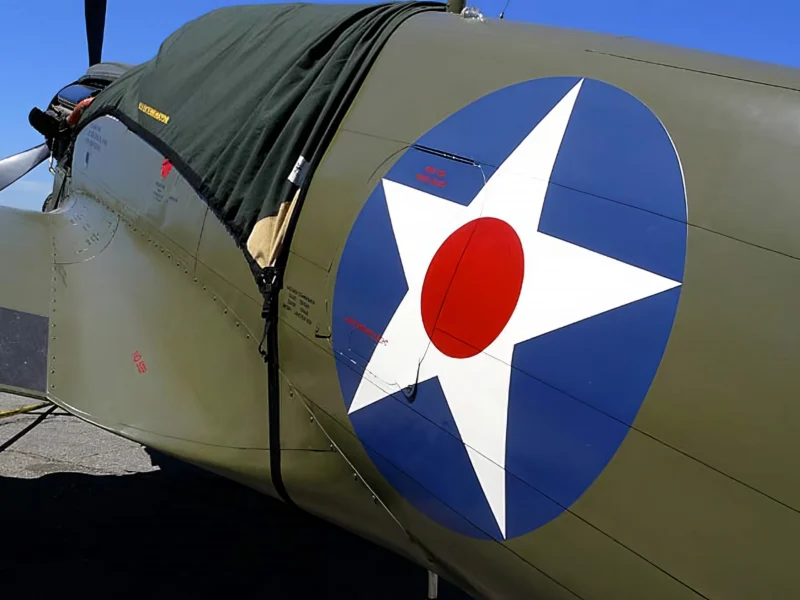
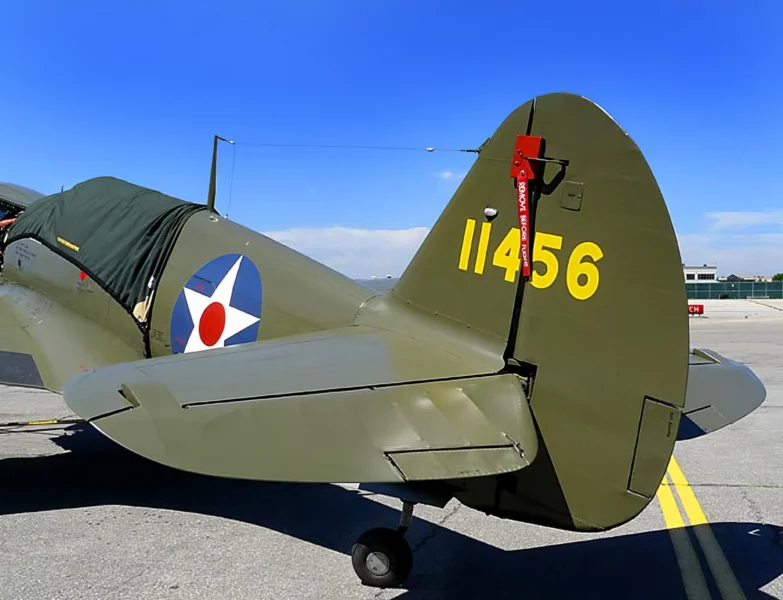
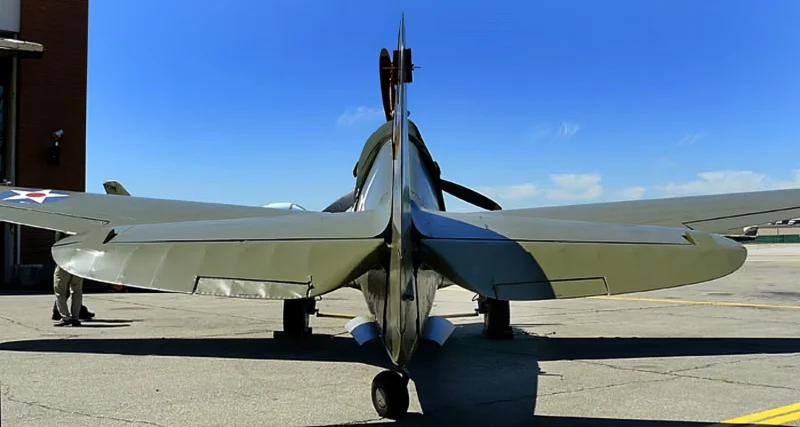
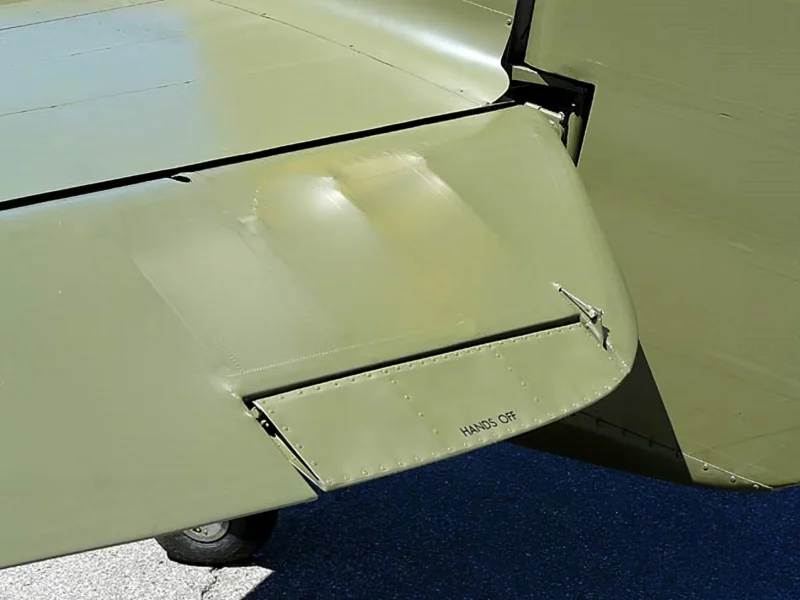
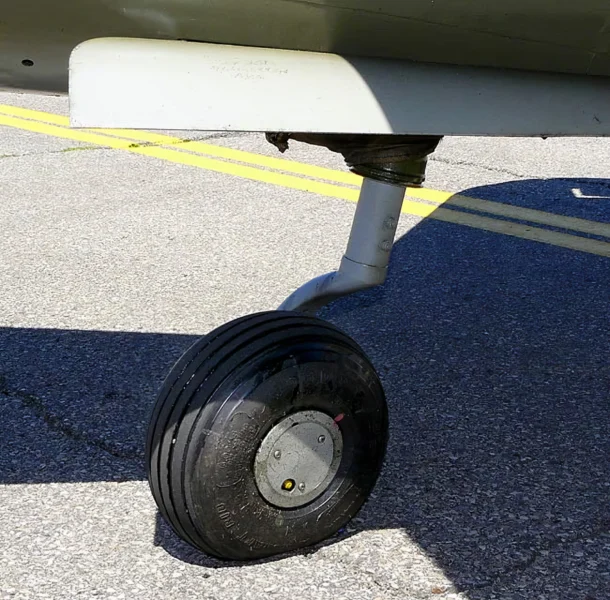
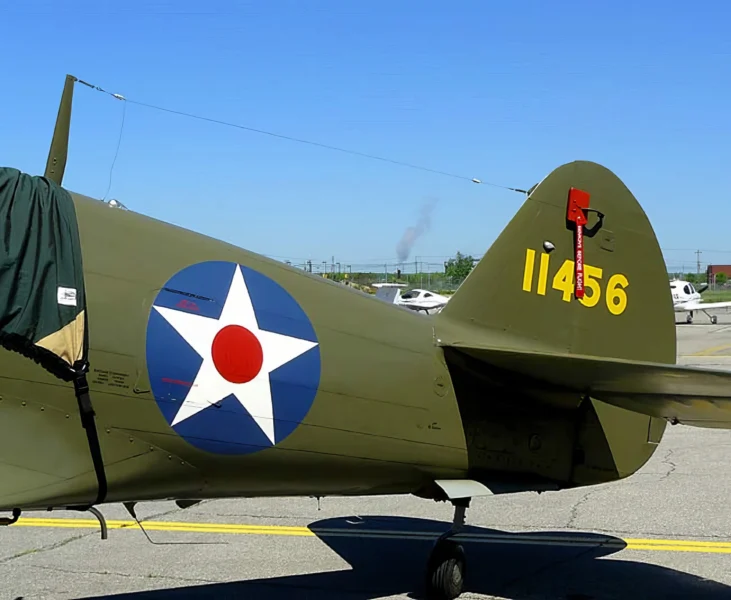


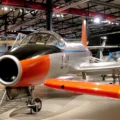
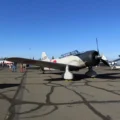
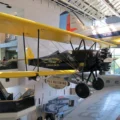
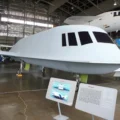
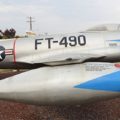
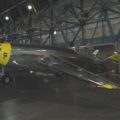
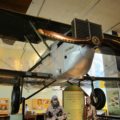
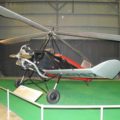
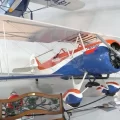
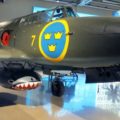
Nuevo conjunto de 54 fotos de un Curtiss P-40C Warhawk